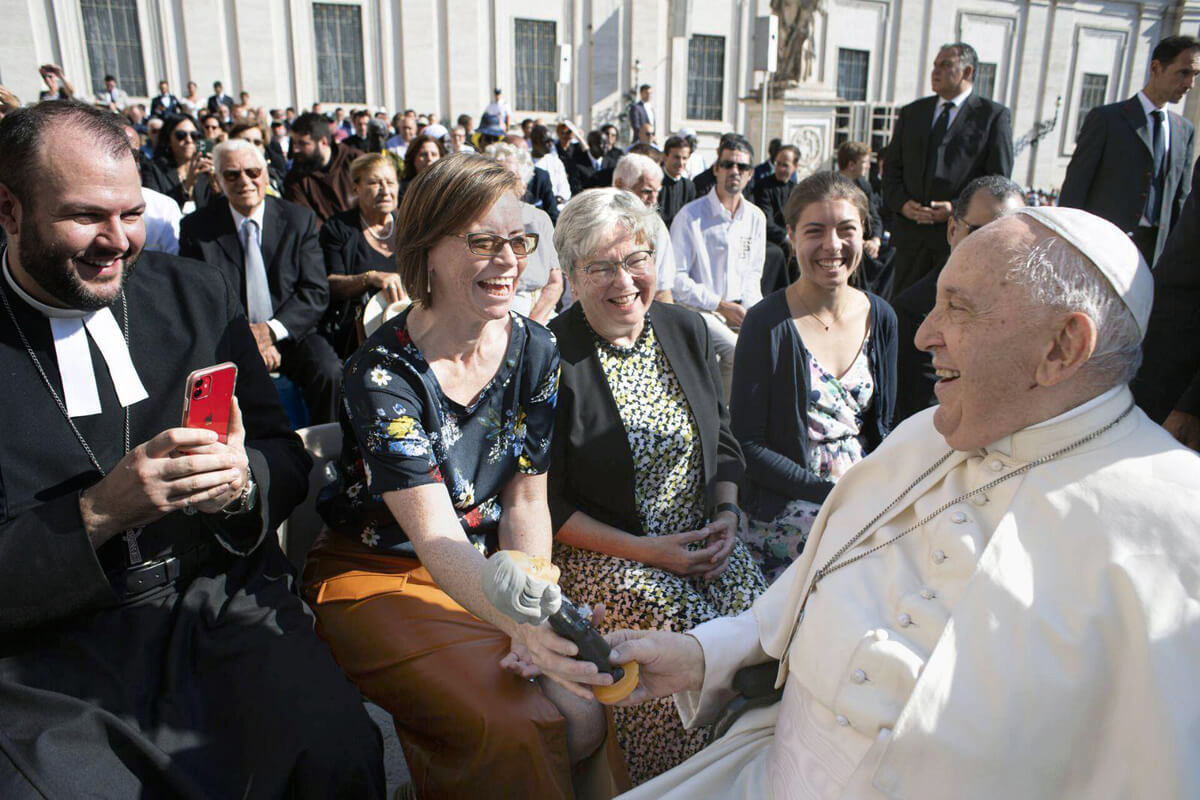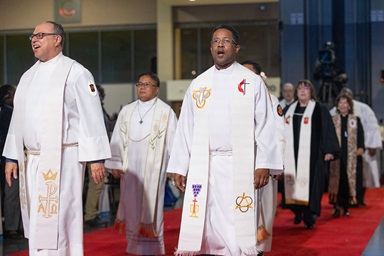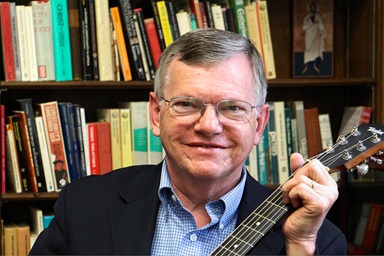Key points:
- A change in how the United Methodist Commission on Archives and History is funded will make planning projects easier in the new quadrennium.
- Top executive Ashley Boggan has a slate of ambitious plans, some materializing soon and some a decade down the line.
- The theme for Archives and History in 2025 will be “Sacred Stories: The Ministries of LGBTQ+ United Methodists.”
She is always in motion.
- Speaking to the Council of Bishops in Chicago;
- Previewing an app at General Conference in Charlotte, North Carolina;
- Leading a workshop for youth in Daytona Beach, Florida;
- Celebrating the LGBTQ+ United Methodist Heritage Center in New Jersey; and
- Presenting a John Wesley bobblehead to a delighted Pope Francis in Vatican City.
“I truly, truly love what I do,” said Ashley Boggan, top executive of the United Methodist Commission on Archives and History, in an interview.
“I travel a lot. … It’s so much fun to help people reconnect with the roots of their faith and get them energized and excited about what it means to be United Methodist and to see that light bulb click of ‘Oh! That’s what makes us different.’”
Boggan was tapped to lead the agency in 2020, and her agenda is partially the result of that time turning out to be challenging personally. She got divorced and her parents subsequently died in 2022. They were both United Methodist clergy in Arkansas, with 60 years of pastoring between them.
“Now that I have some distance from it, I think I took all the grief from those five months and just kind of channeled it into work, and it really kind of helped me heal,” Boggan said.
“I think I got a renewed sense of what it means to do this job, because I see it as carrying on the work that they did and the way that they raised me and the United Methodist values that they taught me.”
Boggan agreed to an interview about what’s coming up for Archives and History. The transcript has been edited for brevity and clarity.
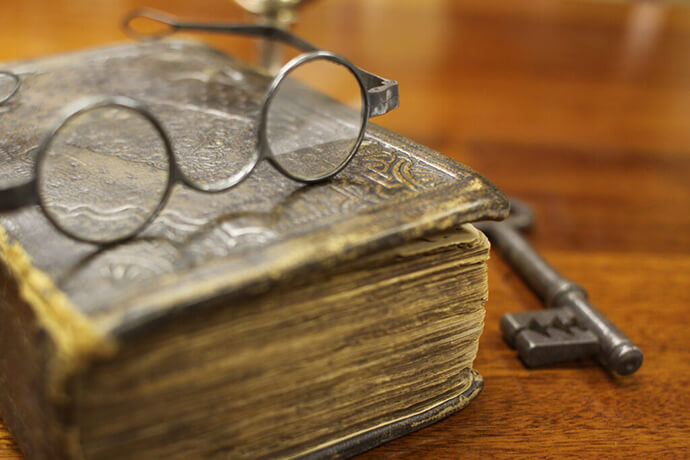
The theme of Archives and History in 2025 will be “Sacred Stories: The Ministries of LGBTQ+ United Methodists.” Can you flesh that out?
We’ll produce online courses and experiment with some online exhibits. We’ll do podcasts, oral histories and, generally, try to create some resources that both educate persons in the pulpit and pew about how LGBTQ+ United Methodists have been instrumental and involved and resilient within The United Methodist Church, as well as point us towards acts of repentance for the harm that we’ve done.
The Center for LGBTQ+ United Methodist Heritage Center had its inauguration in New Jersey on Oct. 23. Where are you with that?
It will intentionally collect, preserve and promote the stories of LGBTQ+ United Methodists.
We’ve formed the board for it. We now have a collections policy and a donor form and a logo. We are working on crafting mission statements. Then we have a couple of exhibits up of material that we’ve been collecting or already had in our repository related to the stories of LGBTQ+ persons. A lot of the exhibits relate to the work of Reconciling Ministries Network. Some of them relate to clergy who have come out or clergy who married and then were put on trial.
Are traveling exhibits being considered?
We’re working with a layperson up in Connecticut to acquire some of his Methodist collection. He has about five stories of (artifacts). It’s one of the most impressive collections I’ve seen outside of England. He’s donating some items to us for the purposes of traveling exhibits, where we could maybe put together 10 or 12 items along with articles or histories about them. We might even be able to put it like in a modern-day saddlebag and send it around as kind of a museum-on-the-go type thing. But some of it would also be physical exhibits that I don’t know where they would be housed.
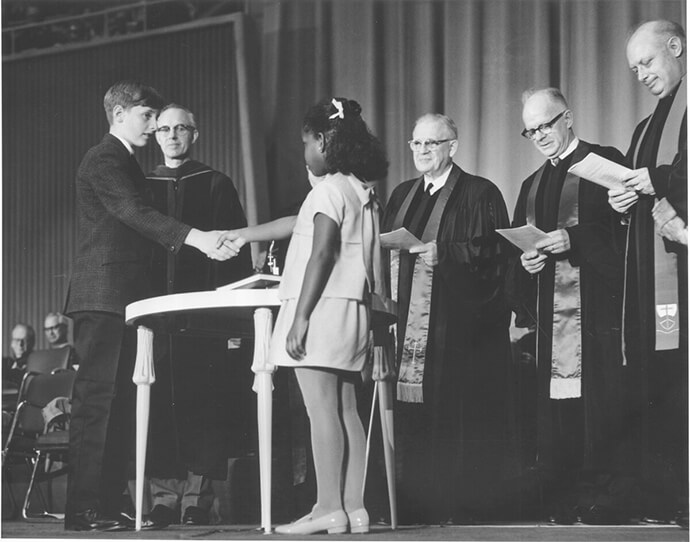
Archives and History is one of the smaller agencies. How are you faring budget-wise?
We are small and mighty. Our typical operating budget vacillates between $900,000 to $1.1 million per year. I think GCAH will receive $970,000 guaranteed in 2025, and that’ll be that way for the next quadrennium. One of our biggest things to happen through General Conference, we are going from an on-ratio apportioned agency to a fixed-charge agency. On-ratio means that if the overall church collects 70% of the anticipated apportionment collection, then we get (in apportionments) 70% of the anticipated funding. For 2024 it’s looking like we’ll have about a 70% collection rate, which means that GCAH will receive approximately $700,000 from apportioned funds.
So starting this year, you’ll know exactly what to expect as far as funding from the denomination. That should make planning much easier, right?
Yes. That’s the huge part, that we know for the first time in our existence what our budget is going to be for at least the next four years. We’re still going to be trying to get donations up. We may even begin a capital campaign, but we can at least do some short-term planning in terms of, we can hire a part-time staff person to help our three-person archival team because they’re overworked and we’re still trying to play catch up from COVID. It’s also allowing us to think about programs that we might be able to launch or ways to support the centers that we are now the stewards of. We are in conversation with the African American Methodist Heritage Center about them coming more fully under our umbrella.
Subscribe to our
e-newsletter
How else are you looking to raise money?
We’re looking for grants to apply for, whether it’s from the National Endowment for the Humanities or a Lilly Endowment. One of the exciting things is our donations are way up. We’ve never been reliant on individual donations. $1,000 is usually what we budget in terms of expected donations. But (in 2023) we received over $40,000 in donations, with most of those donations coming from new donors. We’re on track to exceed that (in 2024). People seem to be showing an interest in what we’re doing. We’ve been able to show and hopefully convince people that Archives and History isn’t just a vault. We are an active teaching resource that can help persons become better disciples and better United Methodists and better mission drivers and better stewards of society and seekers of justice.
Is Archives and History going to get deeper into the boarding schools that worked to separate Native American children from their heritage?
That is our hope. Today, I was writing up the call for applications for a researcher. Our hope is to find a Ph.D. candidate or an established professor or somebody who is proficient in both indigenous history and religious history, who would take the reports that we’ve worked on over the last couple of years and really dig into it and produce either articles, series of podcasts, a documentary or a monograph — something that helps hold us accountable and names those harms. A couple of weeks ago, I was with the descendants of the Sand Creek Massacre, and we still have work to do with them holding ourselves accountable for that tragedy. It’s intimately connected with indigenous boarding schools.
Are you working on getting artifacts in the archives more exposure?
Yes — physical and online exhibits. I think archives can be a fantastic resource as a teaching tool. So how do we get stuff off the shelves of our vaults and present it to United Methodists, either online or in person, and teach? We can use these artifacts as teaching tools to talk about ministry today.
How is the oral history app announced at General Conference progressing?
It is available to download in both Apple and Android app stores. I would love to hire someone who uses that app to intentionally collect stories of United Methodists who have either been marginalized or who are aging.
How about projects further down the road?
We want to create a database where annual conferences, seminaries, jurisdictional conferences and the various other places where we have archives, where all of us can upload our digitized documents and (organize the data) so that people can go to one place and search for something. It could be their great-grandfather who was a United Methodist preacher, or if they want to use history examples in a sermon or a project. It would be one place where they can go and type in some sort of research prompt or search question, and it pulls up various resources for them. That’s a big dream because it involves a lot of digital digitization, which can cost in the millions of dollars. That’s probably our 10-year goal.
Patterson is a UM News reporter in Nashville, Tennessee. Contact him at 615-742-5470 or [email protected]. To read more United Methodist news, subscribe to the free Daily or Weekly Digests.

